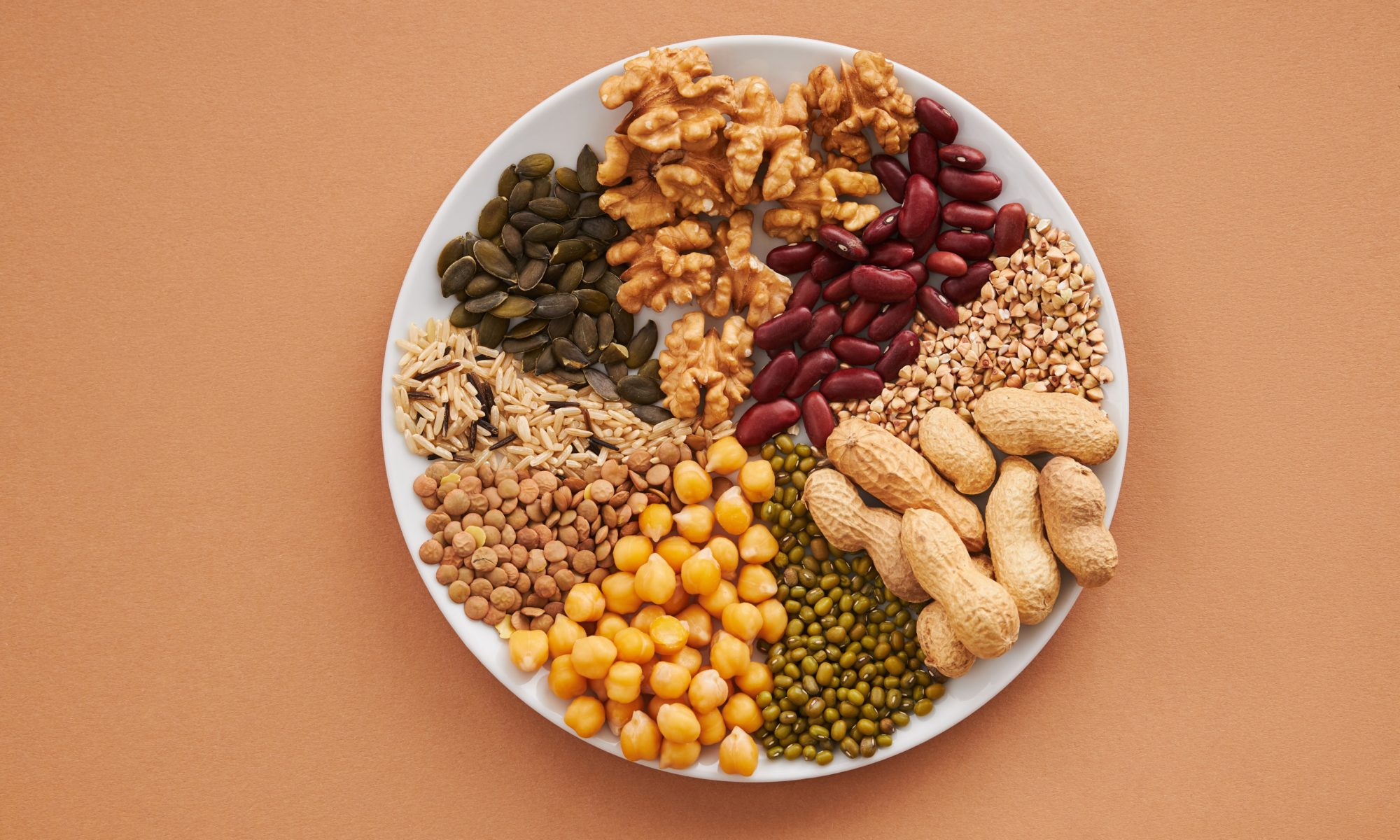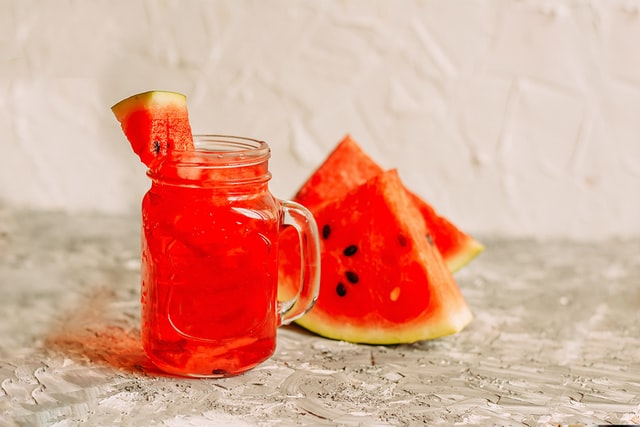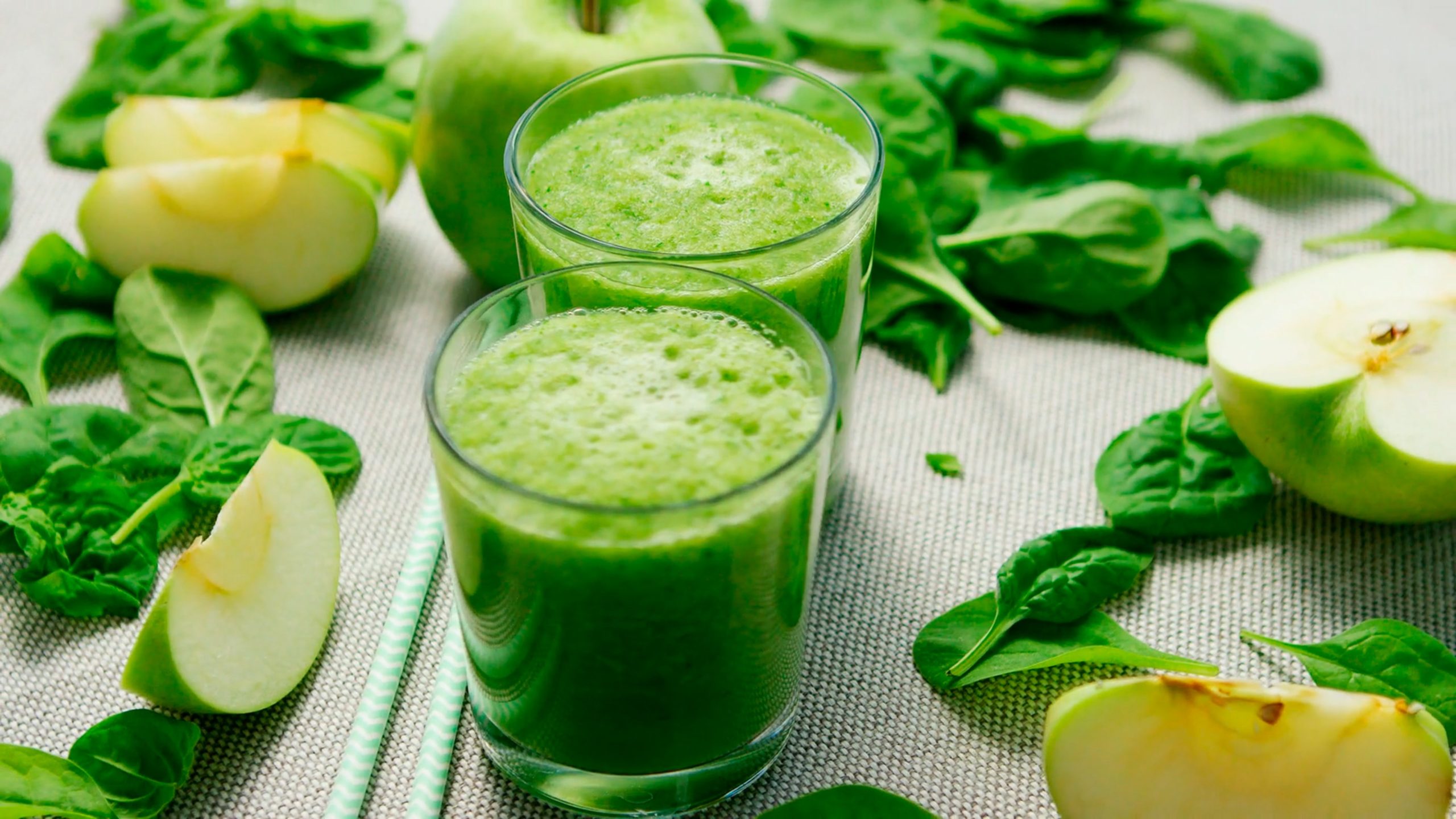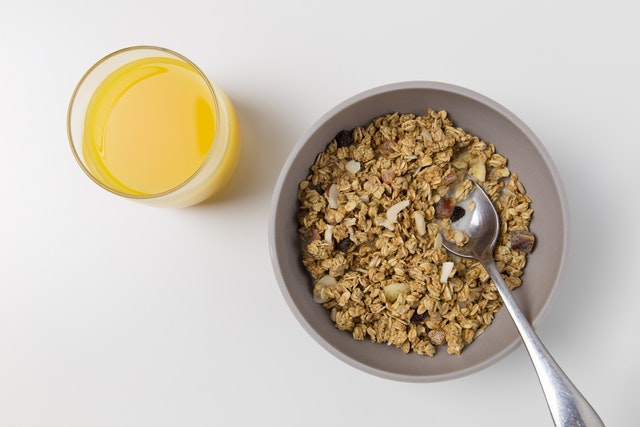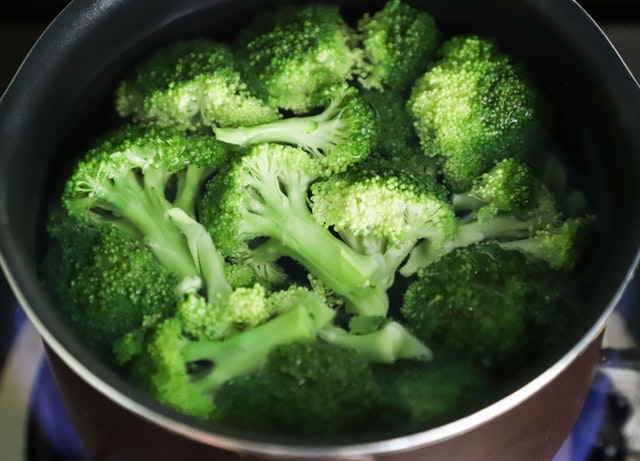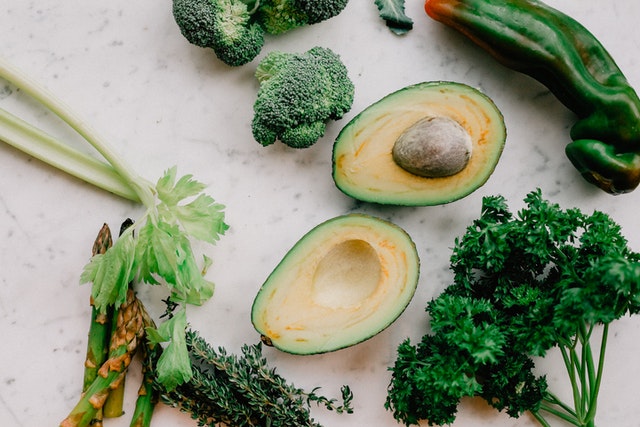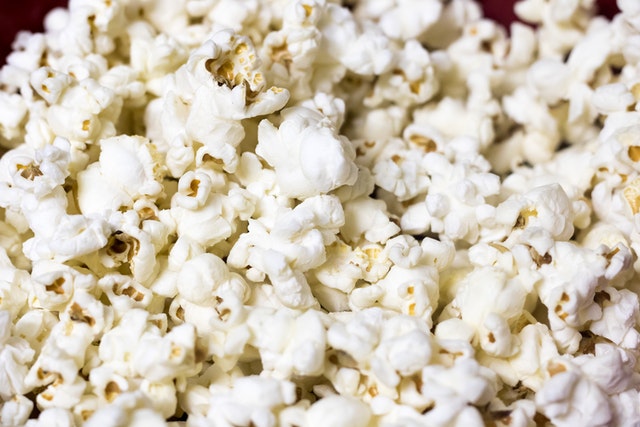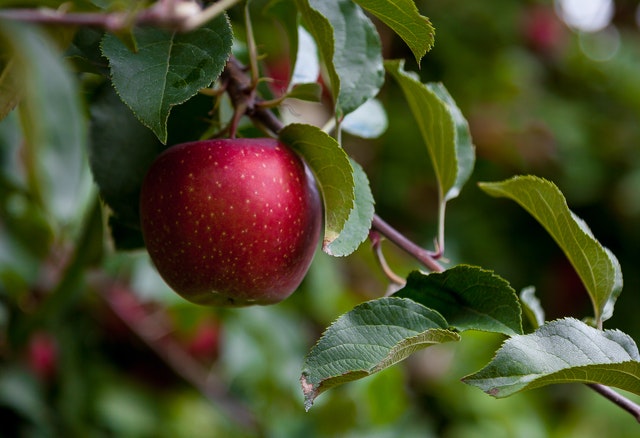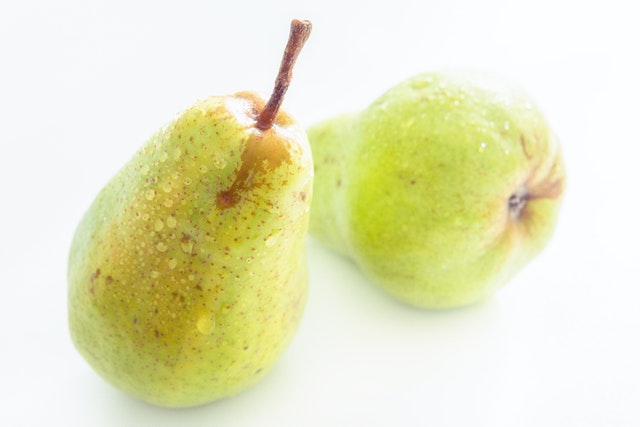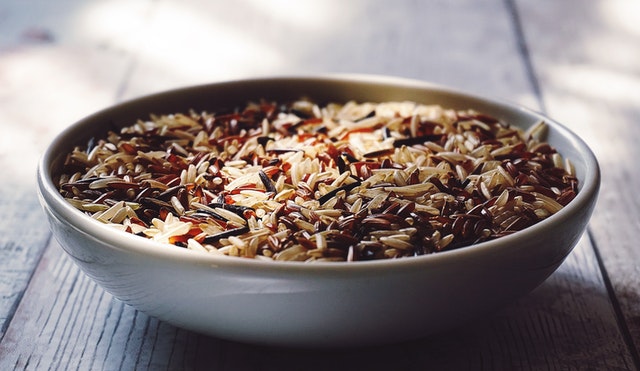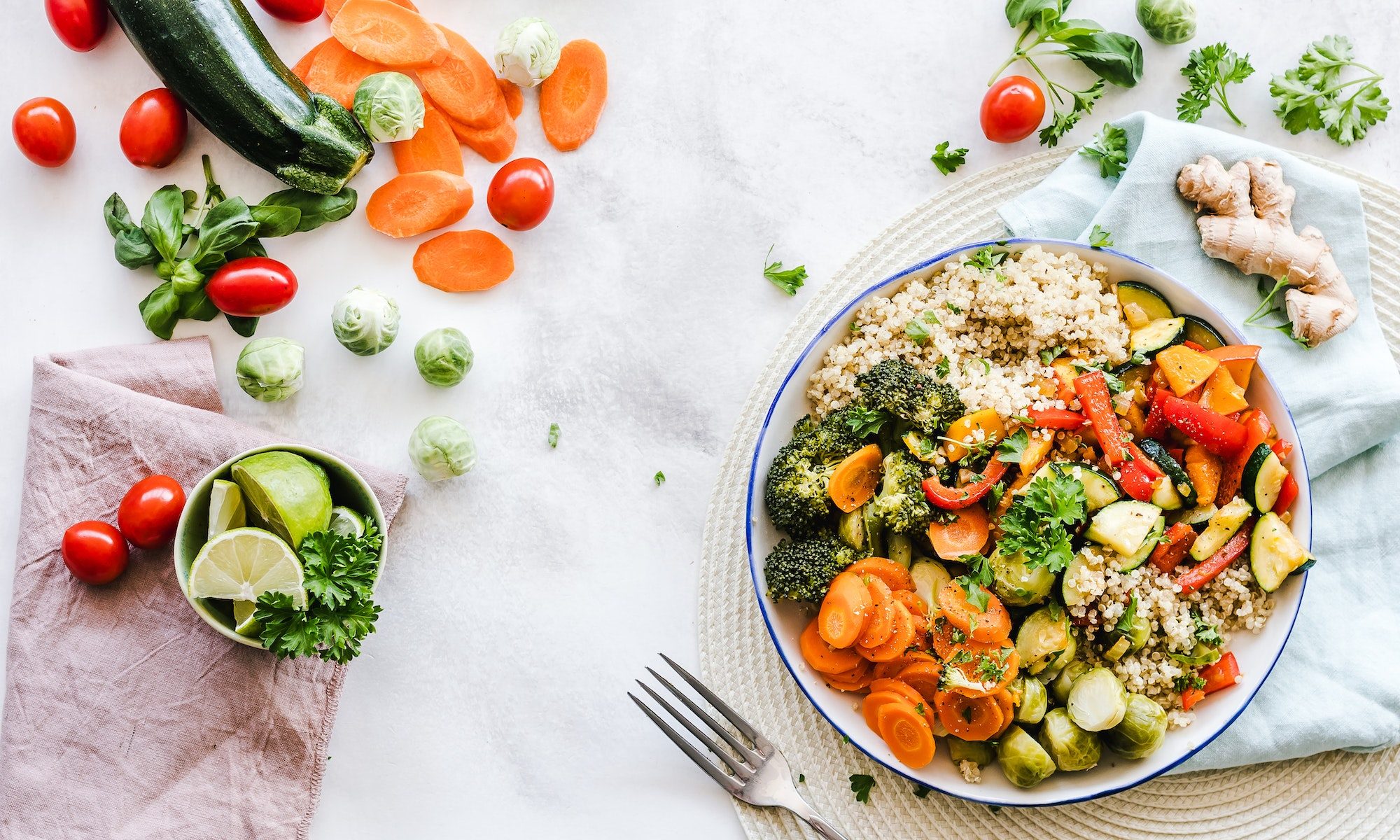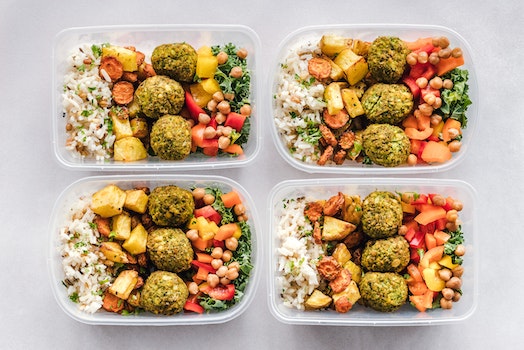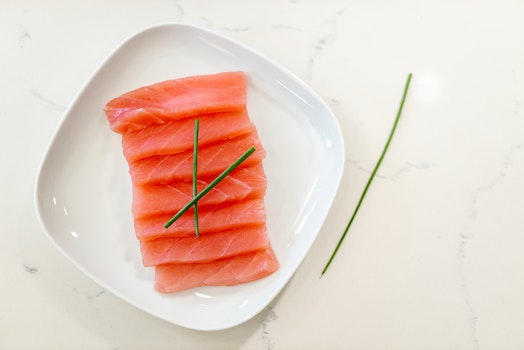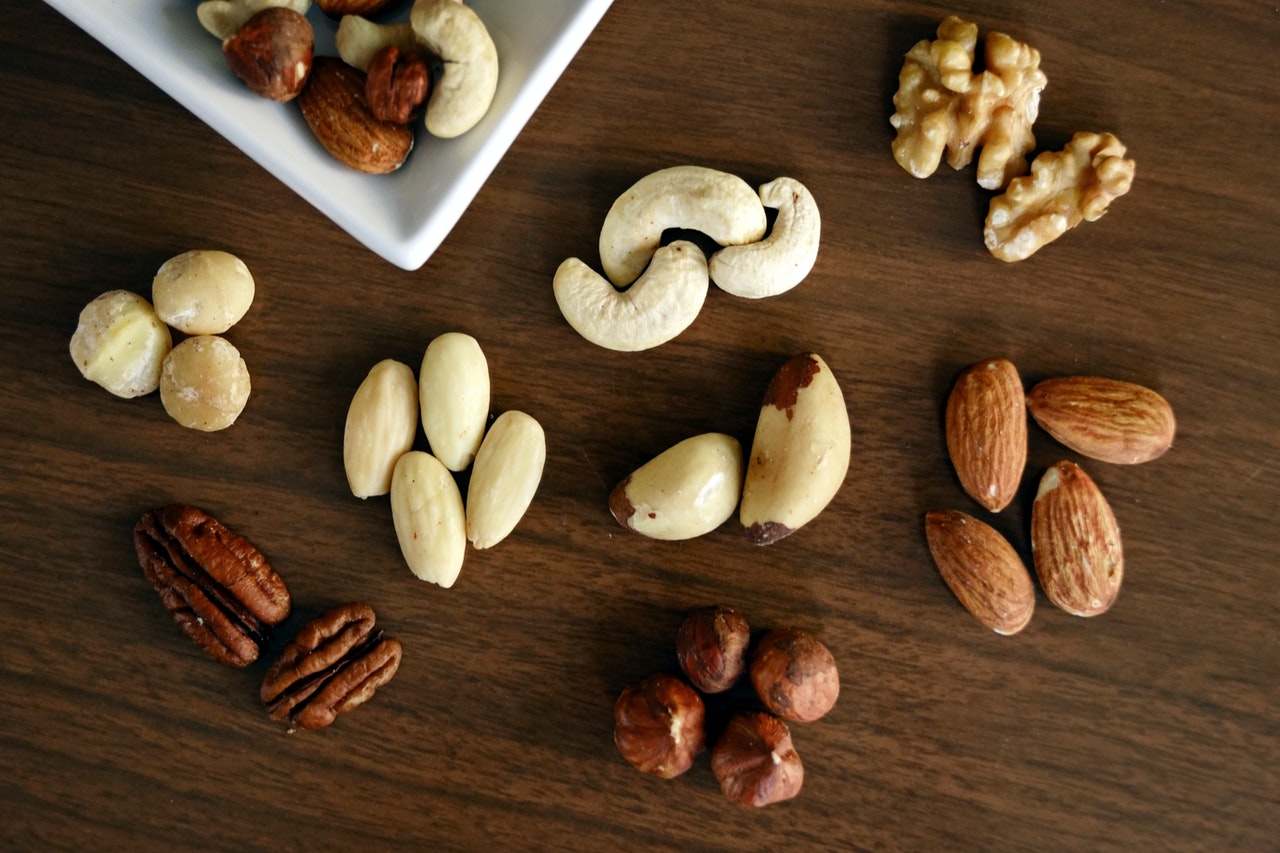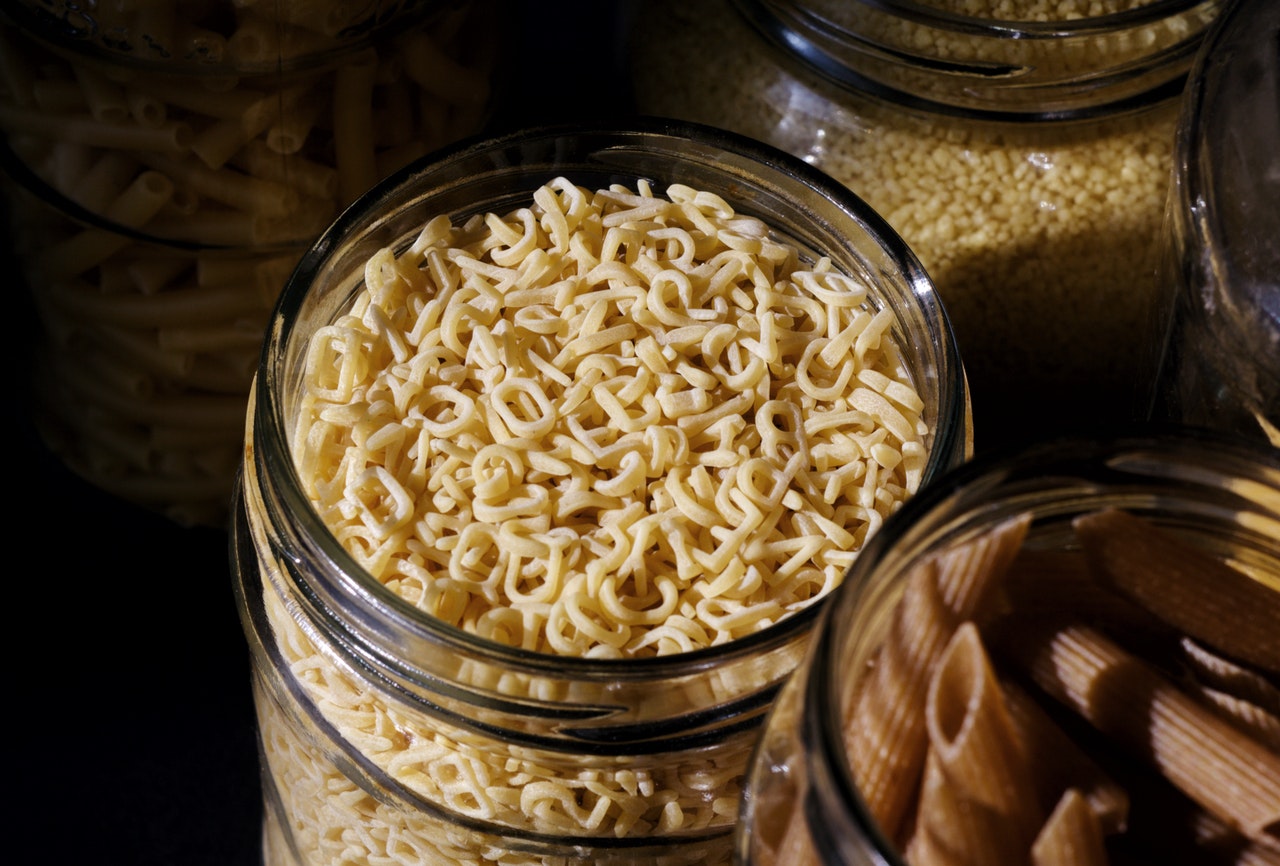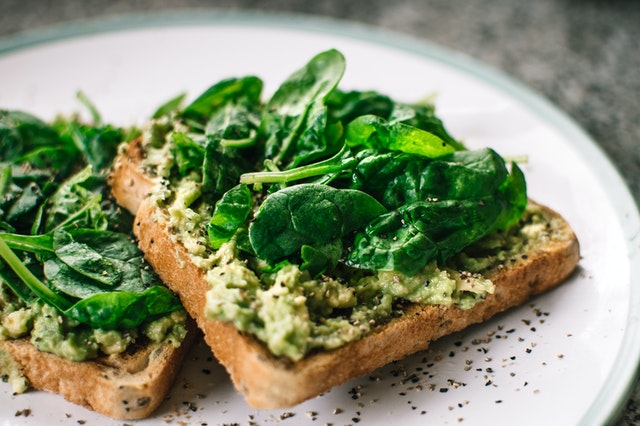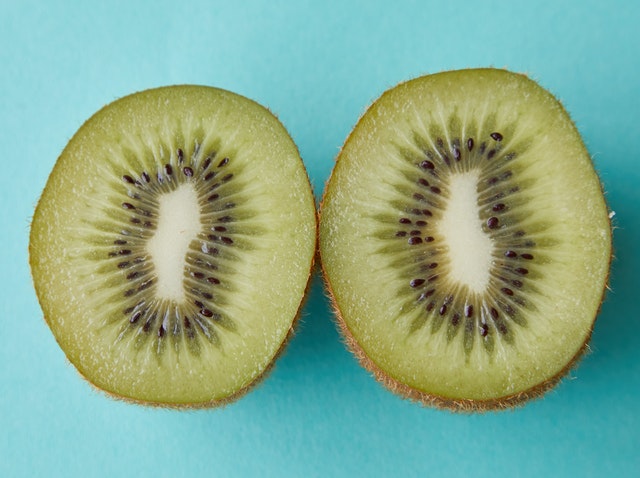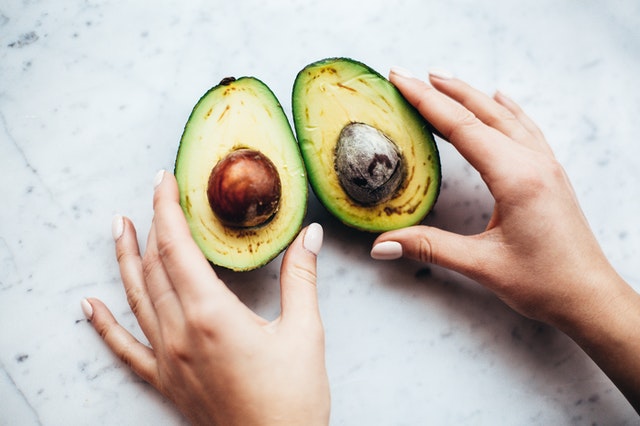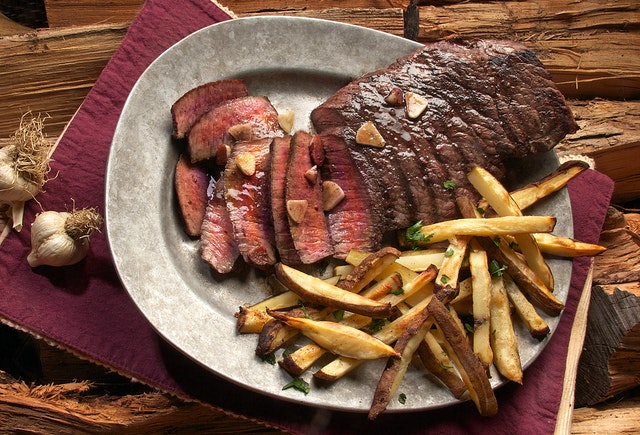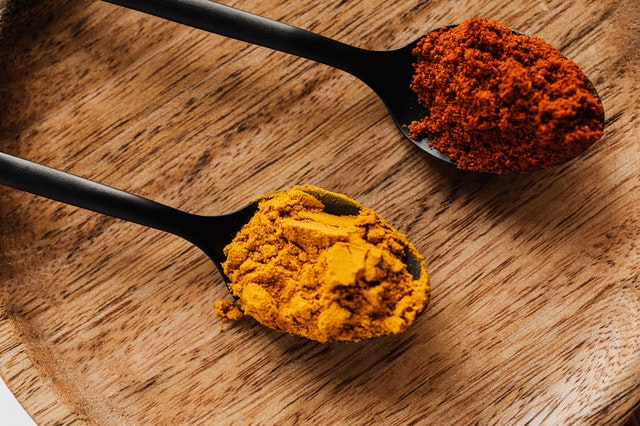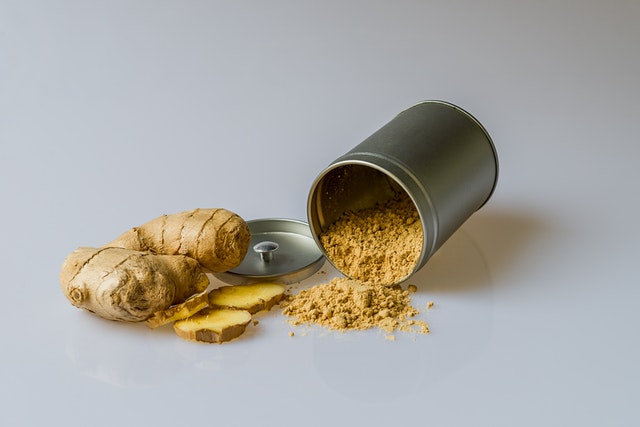Red meat is constantly portrayed as poison to a healthy diet. People are continually being advised to avoid red meat, to eat lean proteins instead. Sometimes, the advice is warranted and comes from medical professionals; other times, the nitpicking voice comes from the community “expert” with no medical training or nutritional knowledge.
Regardless of the loudest voice in the room, as a society, people understand that too much red meat is not good. Still, should you eliminate it from your diet? While there might be many relevant and valid reasons to limit your red meat intake, there are also reasons to enjoy it in your regular diet.
Understanding the Dilemma

Much of the red meat dilemma stems from its legitimate connection to increased cancer risks. According to several studies, people who average 76 grams of red and processed meat per day develop a 20% increased risk of bowel cancer compared to those consuming 21 grams. The research suggests every 50 grams of red meat per day increases the risk of colorectal cancer by 18%.
While the threat of cancer is scary enough, other studies also found a link between red meat consumption and other diseases, such as diabetes and heart disease. The research suggested that replacing one serving of red meat with a healthier protein could reduce mortality risks by seven to 19%.
Advantages of Red Meat

Despite the overwhelmingly negative research and study conclusions, red meat does present some benefits or advantages. For instance, vitamins D and B12 are essential to proper bodily function, and red meat is an excellent source of both. Additionally, red meat is a tremendous source of protein, which is also crucial to a healthy diet.
However, while red meat is an excellent source of some essential nutrients, it is not the only source of such nutrients. You can find the same nutritional benefits in lean proteins like chicken and fish. Therefore, while red meat can provide some health benefits, you need to weigh the advantages against the known risks.
Disadvantages of Red Meat

There is a long list when it comes to what is wrong with red meat. Red meat is often high in saturated fat and cholesterol. While the body needs certain fats, saturated fats can lead to health complications, like clogged arteries. New research into cholesterol suggests it may not be as bad as initially thought, but that doesn’t mean you need to actively pursue it.
Red meat and processed meats can also include chemicals that are not good for the body. Sometimes, harmful compounds are created when cooking certain meats at high temperatures. Aside from potentially harmful compounds, it is necessary to consider the known correlation between health problems and red meat.
Even knowing the increased risks of consuming red meat, you must put the research in context. All studies point to the overconsumption of red meat. No study seems to say that you must eliminate red meat from your diet. Instead, most research suggests limiting your intake. Therefore, if you enjoy your burgers and steak, it is Ok to enjoy them occasionally. Still, it is best to avoid daily consumption of red meat and other processed meats. Moderation is the key to health and happiness.


